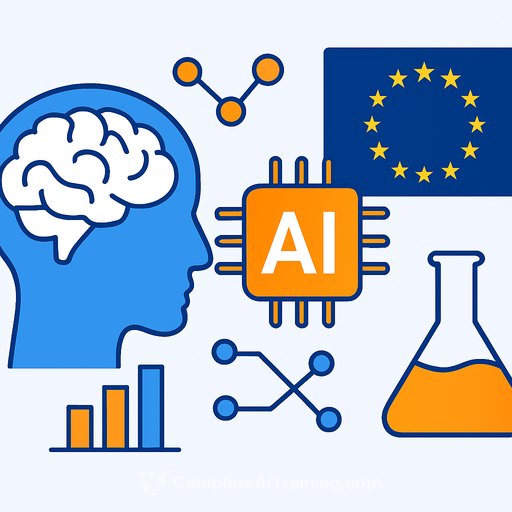The Scientific Research Ecosystem
The scientific research ecosystem is growing each year. As of 2022, more than five million scholarly articles were published annually, a figure that continues to climb. This surge is fueled by the increase in research institutions and journals worldwide, and heavily influenced by the "publish or perish" culture pushing researchers to produce results quickly.
Publication Pressure
Institutional focus on boosting publication counts, citation metrics, and rankings has shifted academic priorities. This emphasis often compromises quality and ethics. Research shows that pressure to publish is a key driver of misconduct, especially among early-career researchers who might cut corners to meet demands.
Traditional peer review, once the cornerstone of quality assurance, struggles to keep up with the volume and sophistication of misconduct today. Overworked reviewers and editorial teams may miss subtle forms of fraud. Adding to the challenge are paper mills—organizations that generate fake research for profit—flooding journals with fabricated data and manipulated images.
The rise of generative AI complicates matters further. While AI can support genuine research, it also enables creation of convincing fake studies, making detection harder than ever.
Consequently, even leading institutions face increasing retractions and scandals. For example, in 2023, India recorded 2,737 retractions, ranking third globally after China and the U.S. When adjusted for publication volume, India is among the top five countries by retraction rate. Between 2020 and 2022, retractions in India increased 2.5 times compared to 2017–2019, with causes including plagiarism, data fabrication, and fake peer review.
Hybrid System for Fraud Detection
To tackle misconduct at scale, AI-powered tools are now widely used. These tools detect plagiarism, image tampering, and signs of paper-mill activity, offering real-time analysis that helps catch compromised research early. AI’s ability to analyze large datasets greatly improves detection.
Still, AI has limitations—it can flag false positives, miss subtle fraud, and struggle with complex scientific content. That’s why a hybrid approach combining AI with human expertise is emerging as the most effective defense.
AI can scan vast amounts of data quickly and flag potential issues, but human reviewers bring critical thinking and contextual understanding to evaluate these flags. This partnership reduces errors, adapts to new fraud tactics, and counters algorithmic bias. Together, AI and humans create a more resilient system for maintaining research integrity.
Building a Culture of Integrity
Institutions and funding bodies must invest in ethics education and clear guidelines for responsible research. Training early-career researchers and Ph.D. students on transparency and accountability is crucial. Publishers should also commit resources to advanced technology and skilled editorial teams to ensure that only authentic research is published.
As scientific publishing grows, safeguarding research integrity demands vigilance and innovation. The hybrid AI-human approach offers a practical way to address misconduct beyond what AI alone can achieve. The credibility of science depends on a shared commitment to transparency, authenticity, and ethical conduct throughout the research process.
Your membership also unlocks:






